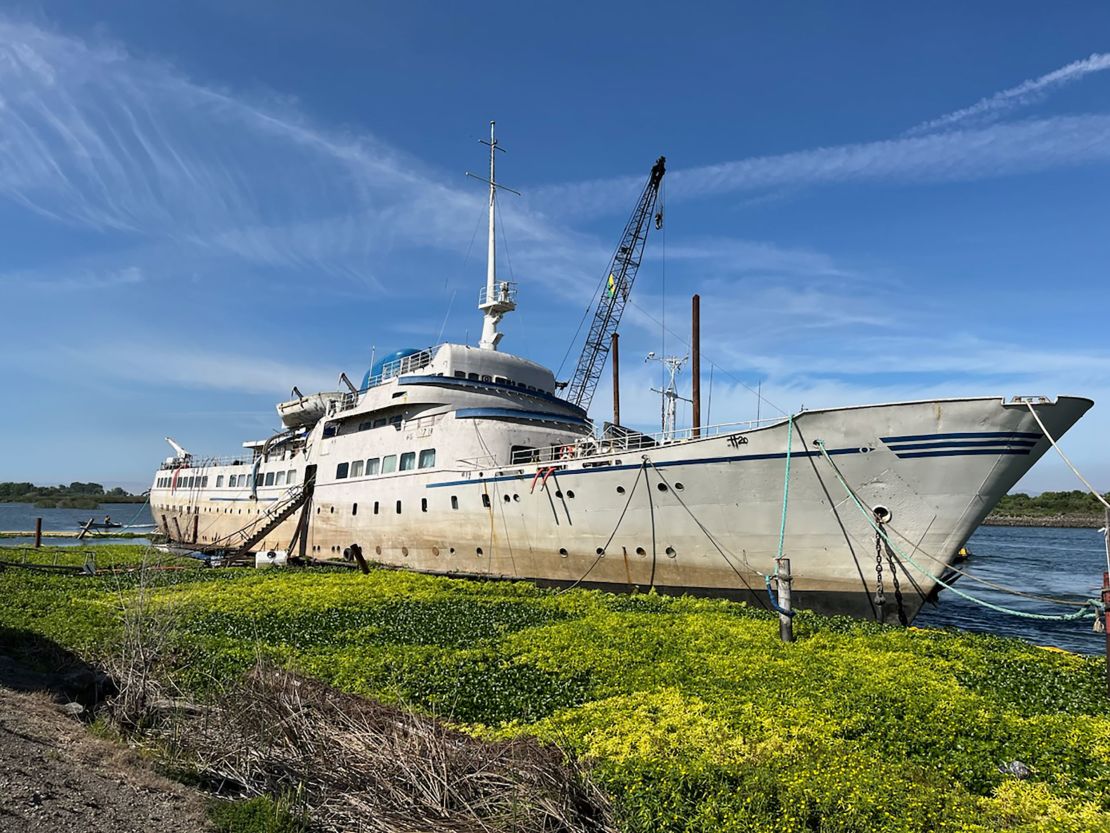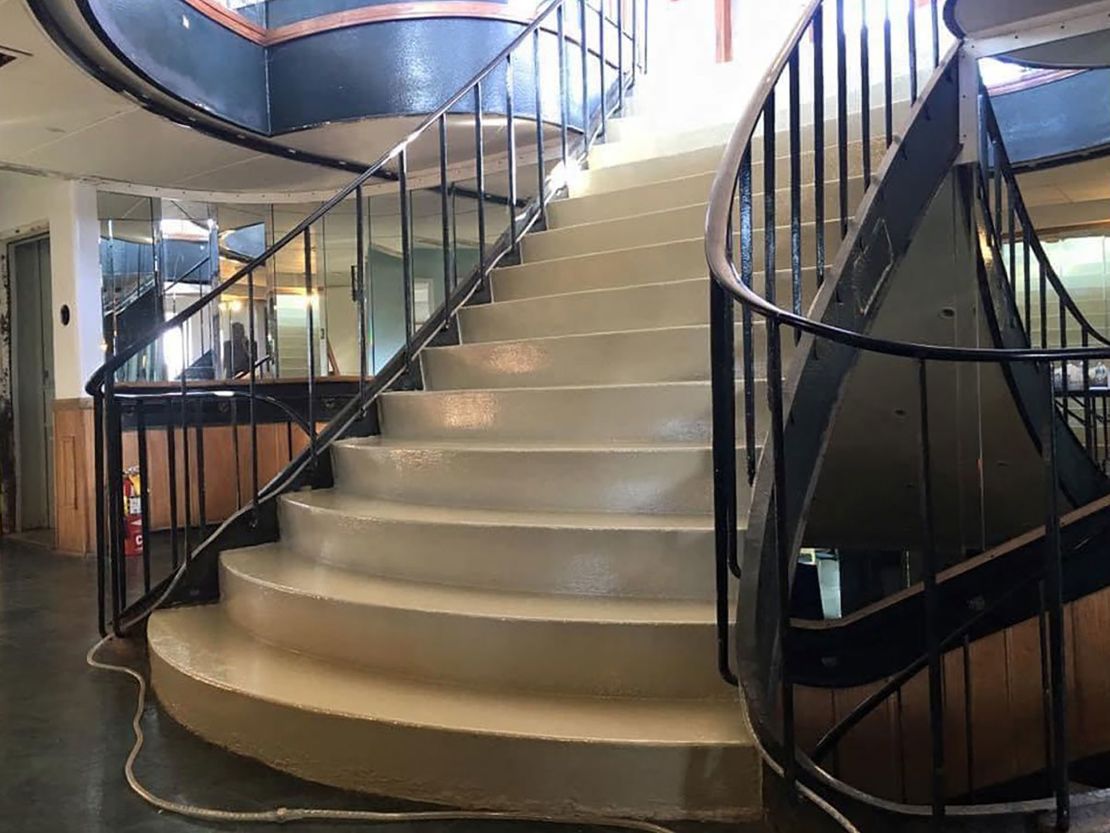 Andrew Lanxon/CNET
Andrew Lanxon/CNET
From CNET by Katie Collins
Scotland's Isle of Eigg
offers a template for taking charge of your energy destiny -- and it
makes for a fabulous sustainable vacation.
Mowing through waves flecked with moon jellies, the MV Loch Nevis ferry scatters flocks of shearwaters with its prow.
It might be the middle of summer, but we must blast through sheet rain and sea mist before we see the Isle of Eigg appear on the horizon like a sombrero with a comically oversized brim.

Visualization of Isle of Eigg with the GeoGraage platform (UKHO nautical raster chart)
The neighboring islands of Rum and Skye feature jagged peaks known as Cuillins, but Eigg has only one notable hill: An Sgùrr, a stubby thumb giving you the "all good" sign to come ashore.
The rest of the island, mostly untouched by its shadow, provides a home to just over 100 permanent residents who take pride in their sustainable lifestyles.
That includes making
renewable energy a centerpiece of their community.
Many of us may have the best of intentions for weaning ourselves off fossil fuels as we contemplate the effects of climate change.
But the residents of Eigg are way, way ahead.
I suspect there's much we can learn from them, so I've come to see how they enjoy an
energy-independent existence — and to take a few days out of my own city-dwelling life to live more sustainably alongside them.
When they charge their phones, boil their kettles and turn on their TVs, the power comes not from the national fossil fuel-reliant grid but from renewable energy that's made and distributed here, right on the island.
Their energy comes from water that dashes down the hillsides and into the sea, from the never-ending wind caused by eastward-moving Atlantic depressions and, on the days when the clouds decide to part, from the sun.
On a sunny day, there's nowhere better in the world to be than Scotland.
The one day of sunshine I have on my trip, Eigg draws me to Singing Sands, where I squeak my toes across the bleached shoreline and squint up as a sea eagle swoops low over my head.
Days like this are ideal for the island's
solar arrays, which lie out in a high, south-facing field.

The view to the Isle of Rum from Singing Sands beach.
Andrew Lanxon/CNET
At my back, waterfalls rush over the cliffs directly onto the sand, where the water then meanders down to meet the swell of the waves.
My hair whips around my face, stinging my cheeks, and it's clear that the elements are hard at work here.
The Eigg islanders have found ways to make them work in their favor.
It's this work that sets Eigg apart.
The island's weather and isolation aren't unique, but the residents have become trailblazers, not only establishing and owning their renewable grid but also making a success of it.
As communities all over the world are working out how to minimize their reliance on national grids and fossil fuels against a backdrop of climate change, Eigg stands as a shining example of what community-owned renewable energy can look like.
"People think it's this amazing, utopian world we live in that we bought the island, did it our own way," Eigg resident Owain Wyn-Jones tells me as we sit at a picnic table in the harbor.
"It doesn't mean there's not a huge amount of work going on in the background."
The road to achieving energy independenceSince they acquired the island through a community buyout in 1997, a central part of the residents' plan for that future was to take control of Eigg's energy.
Although visible from the mainland, Eigg is still 15 miles off shore — that plus its tiny population meant it wasn't economically inviting to run a cable to the island to connect it to the electric grid.
In years past, the island ran off diesel generators, but the community wanted to establish its own grid and decided that if they were to do so, they would prioritize a carbon-free future for Eigg.
When Eigg's renewable grid went live in February 2008, it was the first time islanders had access to a continuous source of energy.
It was also the first time globally that wind, solar and water power were combined in a single grid designed to serve a small and scattered remote community.
It's the kind of resilience that can serve as a lesson to other communities — from Europe to the US and beyond — whether they face the same challenges as Eigg or not.
Although for Eigg, islanders felt like the switch to energy independence and renewables was imperative, other communities around the world can and are making intentional choices about
how they manage energy use and integrate nonfossil fuel power sources.
Now, 16 years later, Eigg continues to run on at least 95% renewable energy.
The other few percent comes from backup diesel generators, which need to be turned on once a week to ensure they stay in working order.
At the heart of the island's energy is Eigg Electric, a community-owned subsidiary company of the Eigg Heritage Trust, which employs seven islanders full time to run and maintain the grid.
Showing me around the facilities — a green corrugated metal shed in the center of the island — is Gabe McVarish.
The first room contains the control center for the island.
The second, a massive bank of batteries — they look like car batteries laid out neatly in rows — stores enough energy to power Eigg's homes and businesses for 24 hours.
Batteries at Eigg Electric.
Andrew Lanxon/CNET
The solar panels bring in around 170kW, hydro generators feeding off the island's burns (streams) account for another 110kW and four wind turbines offer a maximum output of 24kW.
Together these pieces of the puzzle connect to provide all the electricity Eigg's islanders and visitors need to survive.
Solar technology has come a long way since the first panels were installed 15 years ago, but rather than upgrading, Eigg Electric has focused on expanding what it already has.
The newer photovoltaic panels it's added over the years (most recently, last summer) are the same size as the first panels but generate 10 times the energy.
Here on Eigg, every little helps.
Eigg's solar arrays.
Andrew Lanxon/CNET
"There's not really any point taking the old ones down, because they're still doing everything they did," McVarish says.
In some respects, it's a miracle that they're able to generate much energy at all.
The sun is a limited resource on Eigg, which lies on the west coast of Scotland, renowned for its gray skies.
What it does have though, is an abundance of wind and water.
Eigg's reliance on hydropower dates back much further than I first realize.
While cycling across the island, a side quest takes me up a lane into an old church, which the community is fundraising to restore and use as a culture hub.
For now, it houses an exhibition displaying artifacts from the island's history, including a glass exide battery, dated circa 1900.
A caption explains that islanders would take batteries to be charged at a hydro shed — I'd cycled past it on my way up the hill — so they could listen to their radios.
Eigg's biggest hydro shed is inconspicuous.
Andrew Lanxon/CNET
It occurs to me that none of Eigg's energy infrastructure is immediately obvious — you have to be going out of your way to search for it or on an adventure to some of the island's wilder points.
I tuck my trousers into my socks to avoid ticks while tramping through the bracken up a steep hill to reach the solar field.
The biggest hydro shed, Eigg's main source of power, involves a long walk down a rough lane with only rabbits for company.
It looks like a bothy — a cabin where walkers can find shelter overnight — among the trees.
The wind turbines are even harder to reach.
I push my bike to its absolute limit on a track with so many potholes across such a steep incline that I'm convinced I'm going down with every pedal push.
They stand below the knobbled face of An Sgùrr, whizzing away with minimal impact on the beauty of Eigg.
In some places they might be considered a blight on the landscape, but there's no nimbyism here.
Their impact on the environment is low.
Their impact on quality of life is high.
Most visitors to the island won't even realize they're here.

Eigg's wind turbines require a strenuous uphill climb to get to.
Andrew Lanxon/CNET
The only reason I've made it up to the turbines is that I've come all this way specifically to check them out.
Although to all intents and purposes, I'm also here on the island as a tourist.
It's an ideal time to be one on Eigg — especially if sustainable travel is a priority for you.
Eigg: The sustainable holiday destination
Just like me, many of the people who come to Eigg already know a little about the island's reputation and want to learn more.
Wyn-Jones, who runs the tourism business Eigg Adventures, doesn't like the term "eco-tourism," as he believes it's used more often than not in greenwashing.
But says that there's definitely been an increase in the number of people traveling to Eigg to take a sustainable trip.
Unlike many remote spots in Scotland, Eigg is fully accessible by public transport.
The train line traces the west coast from Glasgow to Mallaig, via the Harry Potter-famous Glenfinnan Viaduct.
From here, you can catch one of the daily Calmac ferries to Eigg, for a trip that, depending on the day, may be 75 minutes, or include an hours-long detour around the other three Small Isles of Rum, Muck and Canna.

The only way to get to Eigg is to snag one of the limited places on the Small Isles ferry.
Andrew Lanxon/CNET
There's a "natural barrier" to the number of people who can come to the island, says Wyn-Jones, simply due to the limited capacity of the ferry (which can carry up to 190 people, but visits multiple islands on every trip).
This protects Eigg from the overtourism problems that have blighted other areas of Scotland, including the neighboring island of Skye, which is connected to the mainland by a bridge.
Visitors aren't allowed to bring their cars here, so to get around you have two choices: walk or cycle.
Bikes can be rented from Eigg Adventure, and if, like me, you're not in peak physical condition, you can opt for one of the lightweight, renewables-powered ebikes Wyn-Jones offers.
He tells me I can easily make it to the other side of the island on an e-bike in around half an hour.
It quickly becomes apparent that he's severely overestimated how fit I am.
While the top of the island is largely flat, the hills leading up and down from the plateau are killer.
I spend my days huffing and puffing up and down the lanes, dreading to think how I'd cope without a helping hand from the electricity.
This year the island has also seen the opening of a new visitor and community center, shop and cafe building right by the port.
Next door, there's a new tourism business, Eigg Guiding, which provides hiking, paddle boarding and snorkeling trips, as well as a building with washrooms and showers, that can be used if, like me, you choose to stay in the community-owned wooden pods overlooking the harbor.
Community-owned pods provide a cozy stay.
Andrew Lanxon/CNET
Just like all of the dwellings on the island, the pods are powered by renewables.
In the showers, the hot water is heated by solar panels on the wash house roof and biomass boilers, with logs coming from the on-island sustainable wood fuel enterprise.
To keep things fair, all households on Eigg have an upper limit on the amount of energy they can consume — 5kW at any one time, enough to run a kettle and a washing machine — with a temporary cutoff if they exceed the limit.
It means that islanders are mindful to check the energy efficiency of electronic appliances they purchase and to turn things off when they're not using them.
"If you're careful about the choices you make, it's not really an issue," Wyn-Jones says.
In the camping pods and the community hall, I notice that there are electric heaters with signs on them, informing people that they will work only when the island is producing more energy than it needs.
Fortunately, these moments tend to be the wettest, wildest and windiest — in other words, exactly the time when you would want a little extra warmth.
Most businesses, meanwhile, have a cap of 10kW.
Wyn-Jones says he rarely uses that much commercially and suspects he uses more electricity domestically than he does to charge up his e-bikes.
"Reducing my energy overhead was an important part of the business," he says.
"It is for anybody on Eigg.
It's a template here, really, for what can be achieved, if you put your mind to it."
A can-do attitude
One business that doesn't operate within the 10kW limit is the Isle of Eigg Brewery, which makes some of the best craft beer in Scotland (and the competition is fierce).
By the time I meet with brewer Stu McCarthy, I've been drinking his pilsner and IPAs for several days, and I'm excited to try the kolsch he serves only in the taproom.
"I think I'm one of the only brewers in the western world who, before I make beer, has to chop wood," says McCarthy, as he wields his ax just outside the brewery door.
The wood, grown on Eigg, powers the gasification boiler that heats up a 1,000-liter tank of water.
He supplements the energy he receives from Eigg Electric with solar panels on his roof and a Tesla powerwall that can store 15kW of power.
Stu McCarthy drinking his own Eigg-brewed beer.
Andrew Lanxon/CNET
Ingredients for the beer are also as local as possible, McCarthy explains.
Malt is tricky, but some islanders have started growing hops, and the next step is for the brewers to develop their own yeast.
The water, McCarthy adds, pointing up a hill, comes from the burn across the road.
Just like Eigg Electric, the brewery is a community-owned business, with 650 financial backers on and off the island.
"It's not an ego venture," says McCarthy.
His driver was "to make great beer for social and environmental good."
As a former English teacher who had a passion for blue-sky thinking and beer, he considers himself lucky to have people around him on the island who believed in his venture and had ideas for how to make the brewery more environmentally friendly — putting dimple jackets (lightweight metal insulating layers) around the vessels, for example — and complementary skills (his brewing partner is also a graphic designer).
"If you're on an island, you just have to have a can-do attitude," he says.
"You have to be able to do it.
And if you can't do it, you need to know somebody who at least may know something to be able to allow you to do it."
Powered by community spirit
I've visited many small Scottish islands over the years, and I know that while you can expect to escape the real world, you can't expect to escape people.
Stay in a tight-knit community like this for a few days and you can't help but learn people's names.
They in turn will recognize you — anonymity isn't a possibility here.
The best way to enjoy yourself is to lean in.
That's why, within minutes of landing on the island, I'm in the bed of a pickup truck bouncing down a country lane.
After accosting Pascal Carr, a traditional basket maker whose products are used in the Netflix series Outlander, and Camille Dressler, the island's historian and chair of the European Small Islands Federation Energy Working Group, they agree to let me come and help them gather marine waste that's washed up on the beach.
"Like many of our consumer products, these things aren't designed to be recycled," Carr says, showing us ropes that have photo-degraded and big chunks of polystyrene that will flake into the water and stay there forever if not collected and properly disposed of.

Camille Dressler and Pascal Carr.
Andrew Lanxon/CNET
It's no one's job to do this, but it's everyone's responsibility on the island to keep it in the best possible condition — and that includes visitors, who are encouraged to pick up any litter as they go and use the energy efficient systems in the same way as residents.
Islanders might have a main job, but the realities of island life mean the work of living here and being part of a community never really stops.
It hasn't stopped since 1997, when after years of neglect by wealthy, absent owners, the Isle of Eigg Heritage Trust, made up of islanders and funded by a mystery benefactor who believed in their cause, were finally able to buy the island out, taking ownership of their land.
After raising funds to buy the island, they raised more money (largely from the EU) to establish their renewable grid.
While back in 2008 the cost-benefit of renewables was still being debated by our politicians, Eigg was already up and running.
On a plateau in the center of the island is the old shop — now a ramshackle, one-room museum documenting everything from the remains of plesiosaurs (the same species as the Loch Ness Monster) found in the surrounding landscape, to the island's first telephone exchange.
One display documents the island's journey to independence.
Newspaper clippings from the time include the headlines, "Eigg sale brings end to decade of despair," "Eigg islanders break grip of landlords" and "Eigg – the people's isle."
It was a moment of celebration for the island, but as with all fresh starts, it was the beginning of a busy new chapter for the islanders.
Keeping Eigg pristine has been a community effort.
Andrew Lanxon/CNET
"You will probably flourish on Eigg if you're willing to roll your sleeves up and get stuck in because if you're not, it's not always an easy place to live," says Wyn-Jones.
Many of the accents I encounter, including those of Wyn-Jones, Dressler and Carr, don't hint at roots in the Islands or even in Scotland.
That's because Eigg's community-based governance model has attracted outsiders who chose to live in an energy independent community and are passionate about continuing to make the island's independence a success.
As Dressler finishes packing a pickup with trash, I remark on what an extraordinary place the island seems.
She begins to demur, before changing tack.
"It's extraordinary, in that a group of citizens have been given agency over their future," she says.
Many thought they'd fail, she adds.
Eigg has proved them wrong.
'A shining example'
Most of us don't live on remote islands, but that doesn't mean that there aren't lessons to be learned from Eigg.
That self-reliance actually requires community, for example.
Or that sustainability is a process that requires ongoing thought and effort.
"Other communities have worked with Eigg and learned from what we've done here," says Wyn-Jones, mentioning neighboring island Rum and the nearby Knoydart Peninsula as examples.
It's incumbent upon the island to "carry the flame" and prove to people that it's possible for the long run, he adds.
Greening the island is an ever-evolving process.
Andrew Lanxon/CNET
In the community center, while waiting for the ferry home, I notice a flyer on the notice board about a pilot project for heat pumps.
It's a reminder that even Eigg is a work in progress.
Residents know that EVs are coming to replace the diesel-powered vehicles they still use on the island, and they don't yet have any dedicated chargers.
They're thinking about the extra power they'll need.
They know the time is coming when they'll need to replace their wind turbines.
Wyn-Jones is the first to acknowledge that the work to transform Eigg into a truly green island isn't yet complete.
But, he adds, "what we can be is a shining example when it comes to generating energy."
"Eigg is an unspoiled, beautiful place," he says.
"It is nice to be able to explain that to our visitors and to maybe ask them, while they spend time on it, to consider some of the things that we do here… how they could apply that in their lives as well."
Links :
 Andrew Lanxon/CNET
Andrew Lanxon/CNET















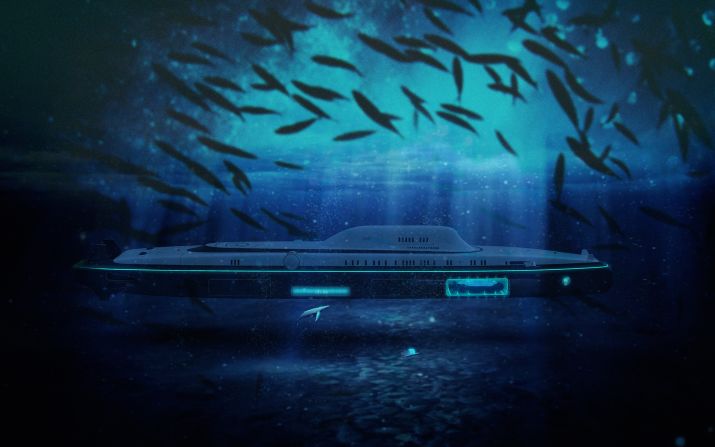
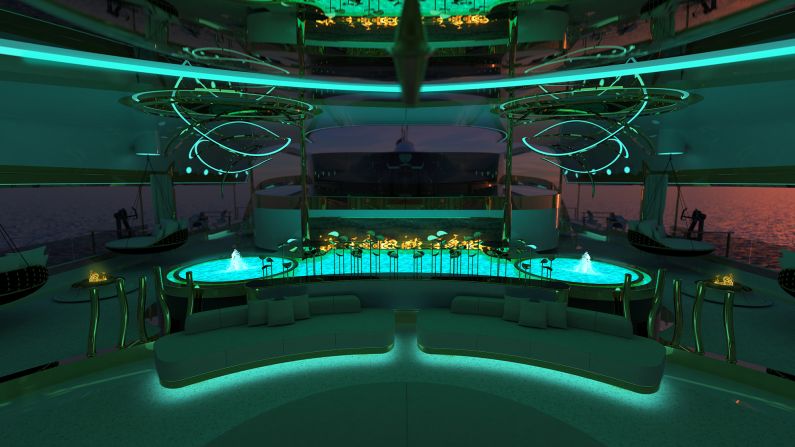
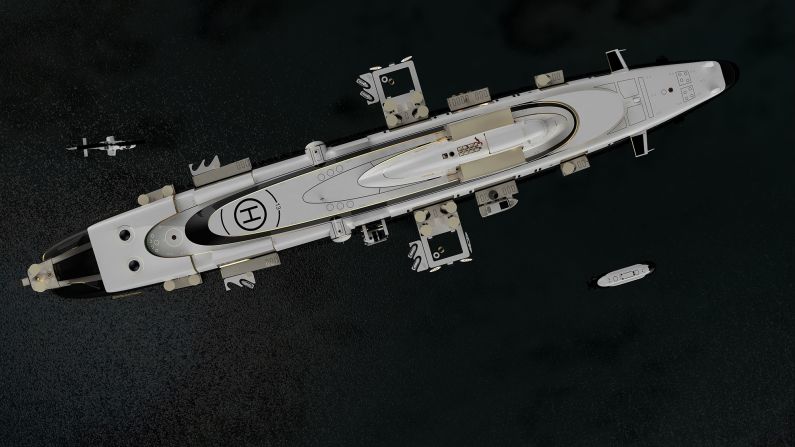
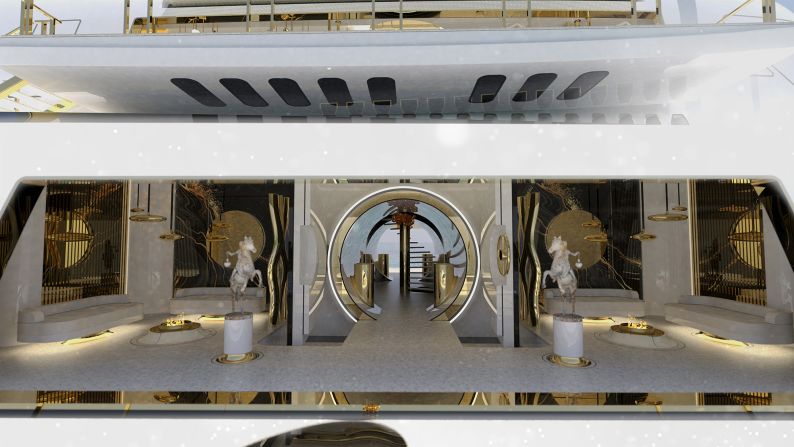
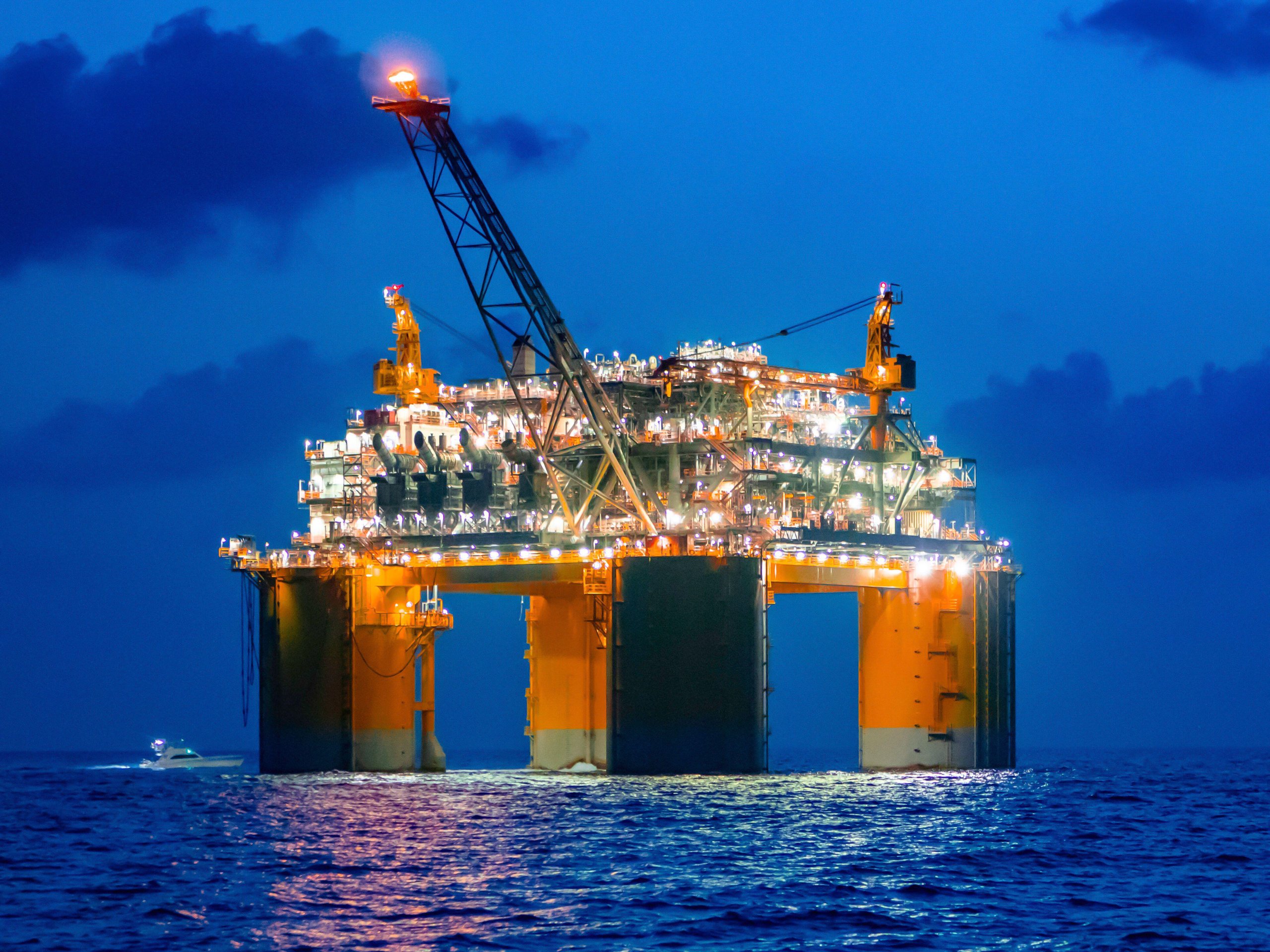

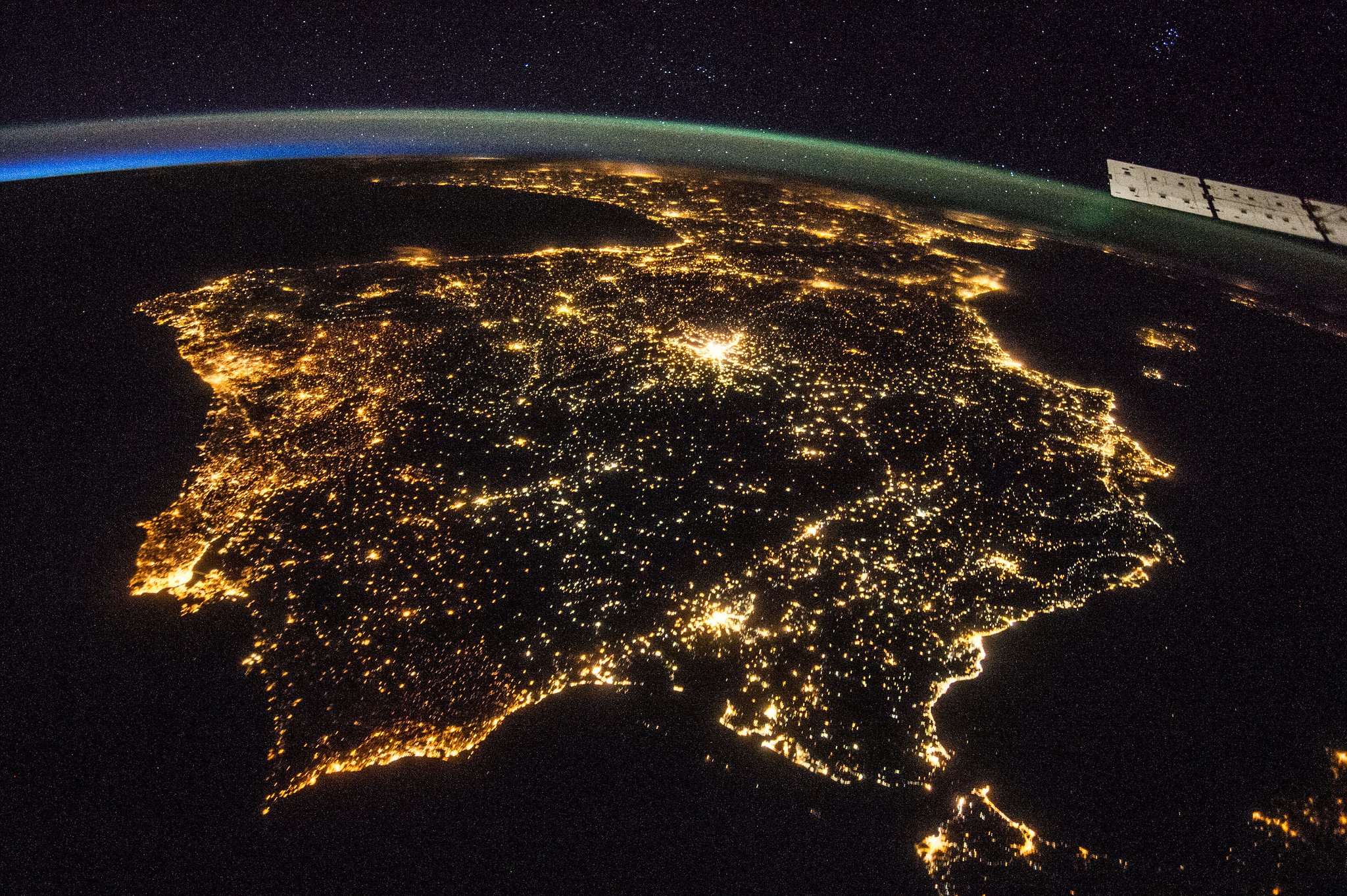

 -
-
